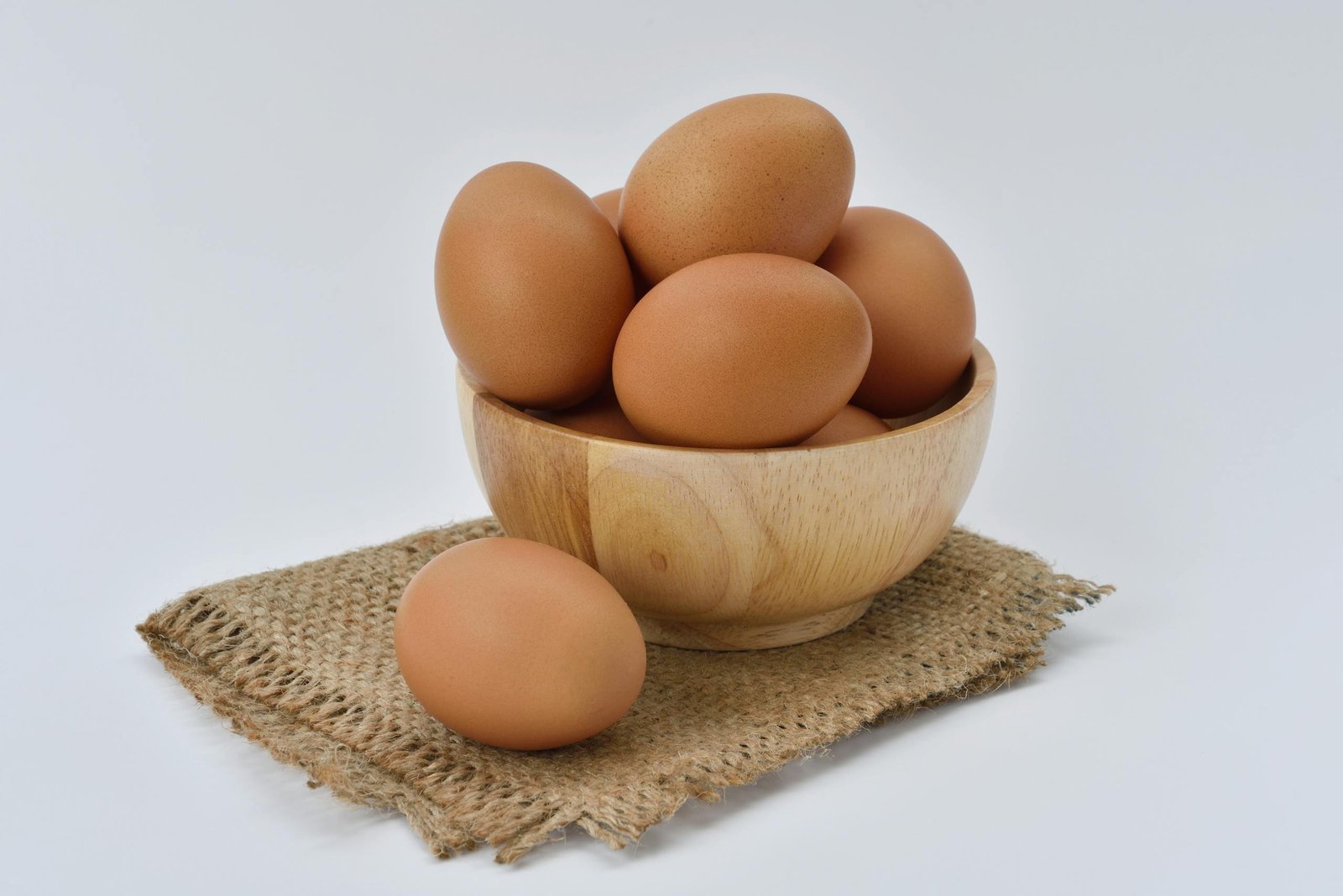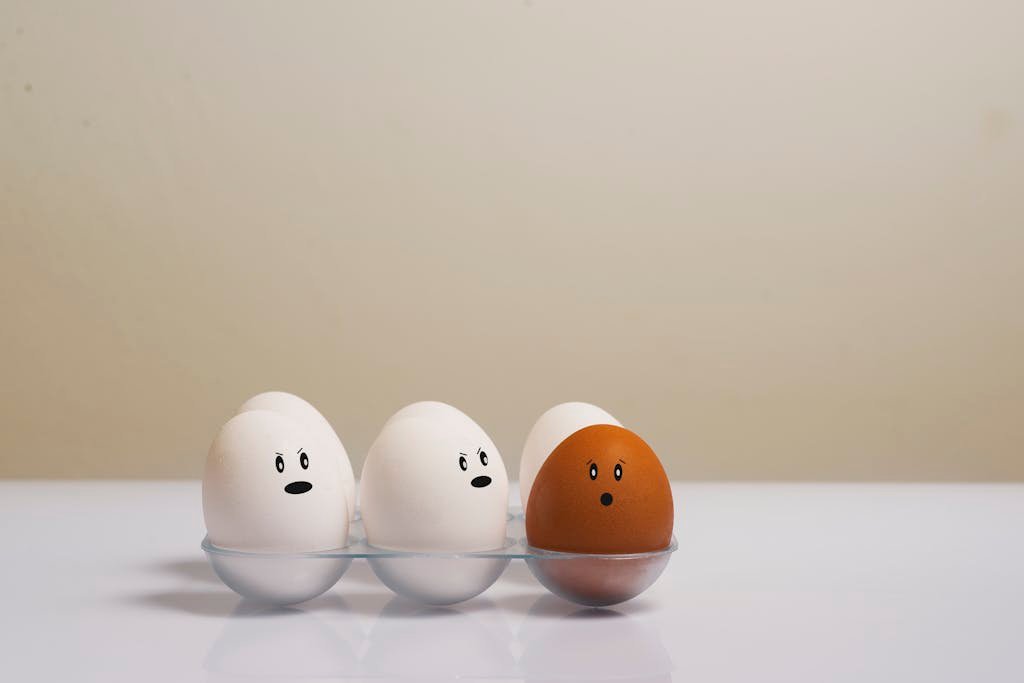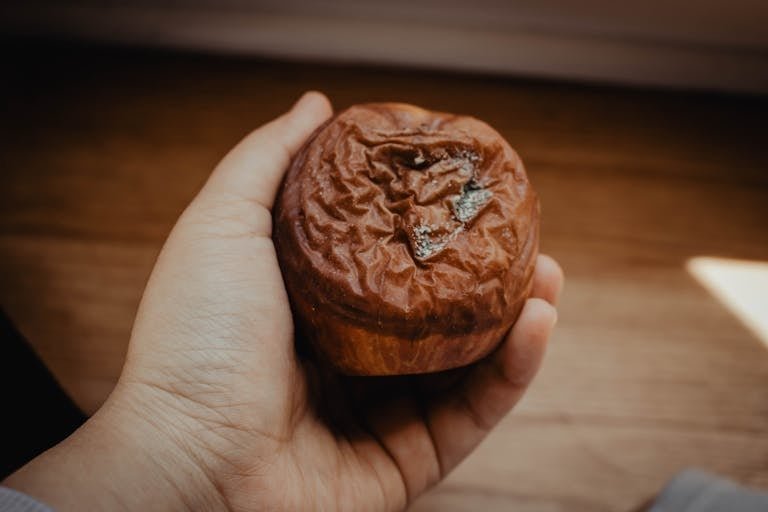Fresh Eggs, Every Time: The Ultimate Guide to Testing

Eggs are a staple in kitchens worldwide, but determining whether they are fresh or spoiled can sometimes be challenging. Nobody wants to crack open an egg only to find it has gone bad. Freshness not only impacts the taste of the egg but also its nutritional value. In this guide, I’ll explore several reliable methods to help you determine if your eggs are still fresh, ensuring you never have to deal with a bad egg again.
Simple Methods to Determine Egg Freshness

1. The Float Test
The float test is a straightforward method to gauge egg freshness and is based on the principle that eggs age over time, causing the air cells inside the egg to expand. Here’s how you can perform this test:
Steps for the Float Test
- Fill a Bowl with Cold Water
Use a large bowl filled with cold water to ensure that there is enough room for the egg to move freely. - Gently Place the Egg into the Water
Carefully lower the egg into the water. Avoid dropping it from a height to prevent any potential cracks. - Observe the Egg’s Position
- Fresh Egg: If the egg sinks to the bottom and lies flat on its side, it is fresh. The fresh egg has a small air cell and is dense, making it sink.
- Slightly Older Egg: If the egg stands on its end at the bottom of the bowl, it is still edible but not as fresh. This happens because the air cell inside the egg has expanded over time.
- Spoiled Egg: If the egg floats to the surface, it is likely spoiled. Floating occurs because the egg’s air cell has grown significantly, making the egg less dense than the water.
Why It Works
As eggs age, the moisture inside them evaporates and is replaced by air, causing the egg to become less dense. The float test uses this principle to help determine how old the egg is.
2. The Shake Test
The shake test is a simple way to check if an egg is still fresh by assessing its internal consistency. Here’s how to perform it:
Steps for the Shake Test
- Hold the Egg Up to Your Ear
Gently hold the egg close to your ear, ensuring you have a clear sense of sound. - Gently Shake the Egg
Move the egg slowly back and forth. - Listen for Sound
- No Sound: If you do not hear any sloshing or movement, the egg is fresh. A fresh egg has a firm yolk and thick white, so there is minimal movement inside.
- Sloshing Sound: If you hear a sloshing noise, it indicates that the egg’s contents have become more liquid, suggesting that it is no longer fresh.
Why It Works
The sloshing sound results from the breakdown of the egg’s internal structure. In fresh eggs, the yolk and white are more cohesive, while older eggs have more liquid inside due to the breakdown of the proteins.
3. Checking the Expiration Date
Using the expiration date on the egg carton is a useful guideline, but it’s important to know that eggs can remain fresh for a few days beyond this date.
Steps for Checking the Expiration Date
- Locate the Expiration Date
Find the sell-by or best-by date printed on the egg carton. This date is typically stamped on the side or bottom of the carton. - Understand the Date
- Sell-By Date: This date indicates how long the store should display the eggs for sale. Eggs can be used for several days after this date if stored properly.
- Best-By Date: This is a recommendation for when the eggs will be at their best quality. Eggs might still be good for a little while after this date.
- Consider Storage Conditions
Eggs stored in the refrigerator at a consistent temperature will last longer than those stored at room temperature. Proper storage helps maintain freshness.

Why It Works
Eggs have a relatively long shelf life, but their quality does decline over time. The expiration date provides a baseline for when the eggs might start to lose their best qualities, but actual freshness can vary based on storage conditions.
4. The “Candle” Test
The “candle” test, also known as candling, is a method used to inspect the inside of an egg by shining a light through it. This technique can help you assess the quality and freshness of the egg.
Steps for the “Candle” Test
- Find a Light Source
Use a bright flashlight or a specialized egg candling lamp. Ensure the light is strong enough to shine through the egg. - Hold the Egg Up to the Light
Position the egg in front of the light source in a dark room for better visibility. - Inspect the Egg’s Interior
- Fresh Egg: If the egg is fresh, the yolk will be small and centrally located, and the white will be thick and cloud-like. There should be minimal shadows or dark spots.
- Older Egg: As eggs age, the yolk becomes more mobile and the white becomes thinner. You might see a larger shadow or dark spot, and the egg might appear more translucent.
- Spoiled Egg: A spoiled egg often has a noticeable dark spot or a cloudy appearance. The egg’s interior may look discolored or fuzzy.
Why It Works
Candling allows you to see inside the egg without cracking it open. Fresh eggs have a more compact and less translucent appearance, while older or spoiled eggs will show more signs of deterioration.
Read Also: Fowl Meat: A Comprehensive Guide to Poultry
Conclusion
Determining the freshness of eggs is essential for ensuring that your dishes are safe to eat and of the highest quality. By using the float test, shake test, checking the expiration date, and performing the “candle” test, you can confidently assess the freshness of your eggs.
Incorporating these methods into your routine will help you avoid using spoiled eggs and maintain the integrity of your cooking.





